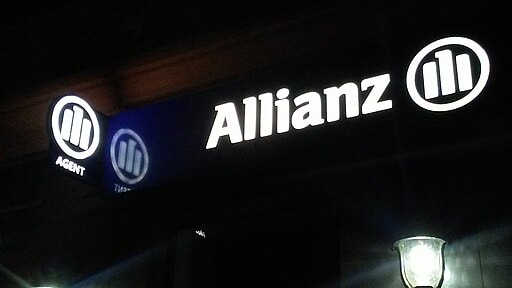The European Union’s (EU) Carbon Border Adjustment Mechanism (CBAM) introduces new compliance requirements regarding the export supply chain. Starting July 31, companies with manufacturing sites must provide their carbon emissions data. This revised supply chain ESG framework primarily targets the manufacturers who export their products to the EU.
So, if you are a business with a supply chain in Europe, using an ESG reporting tool can help you comply with CBAM and maintain your competitive edge.
What is CBAM?
CBAM is an EU tool that aims to level the playing field regarding carbon costs for EU and non-EU producers.
It prevents “carbon leakage,” where manufacturers shift production to countries with more lenient emission standards. So, under CBAM, exporters to the EU must provide detailed emissions data from each manufacturing installation to meet the compliance standard.
How it impacts the supply chain
For any exporter to the EU, especially those from North America, CBAM introduces new complexities. Without a strong internal supply chain ESG framework, suppliers risk losing out to EU-based competitors. Non-compliance could result in time-consuming processes and even higher costs or fines for delayed supply chain assessment.
How to prepare for the latest CBAM revision
Identify in-scope products
Review the CBAM legislation to see if your products—such as steel, aluminium, or fertilizers—are in scope. These products will require emissions data from their production facilities.
Evaluate compliance effort
Businesses must assess whether maintaining EU market access justifies the effort of tracking emissions data. For companies with significant EU revenue, the investment in carbon reporting will pay off.
Related Articles: ‘Carbon Majors’: 57 Producers Caused 80% of Global Carbon Emissions Since 2016 | Are Carbon Offset Claims Greenwashing? Not So, According To Nasdaq
Assess your supply chain
Ensure you can trace emissions back to your production facilities and upstream suppliers. Early engagement will help streamline the reporting process.
Train and engage suppliers
Educate upstream suppliers about CBAM’s requirements. Many may not be aware of the new regulations and will need support to meet your data requests.
It’s easier said than done to communicate and control your entire supply chain for such ESG-related revisions. That’s where an ESG Tool for supply chain managers comes in handy. This tool lets you map every vendor or supplier in one dashboard, allowing you to oversee their ESG performance.
Next steps for exporters in the EU
With the EU’s growing concern for ESG, the CBAM is expected to be revised further in the coming years. This means that exporters prioritising supply chain ESG will maintain their competitive edge in accessing the EU market.
To ensure your supply chain is ready for CBAM, explore the IMPAKTER ESG Tool to future-proof your business.
Editor’s Note: The opinions expressed here by the authors are their own, not those of Impakter.com — Cover Photo Credit: Mikhail Ilin














